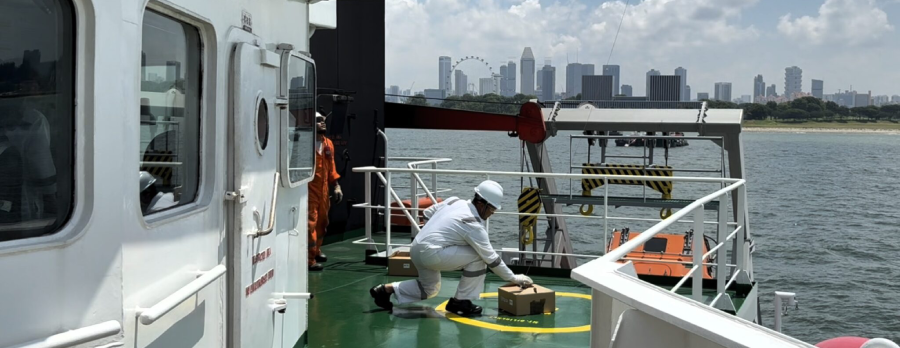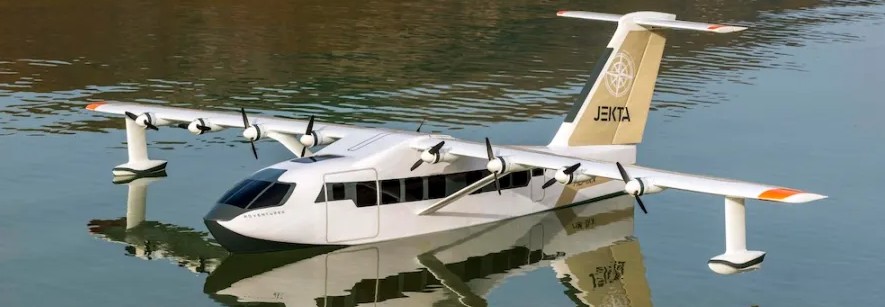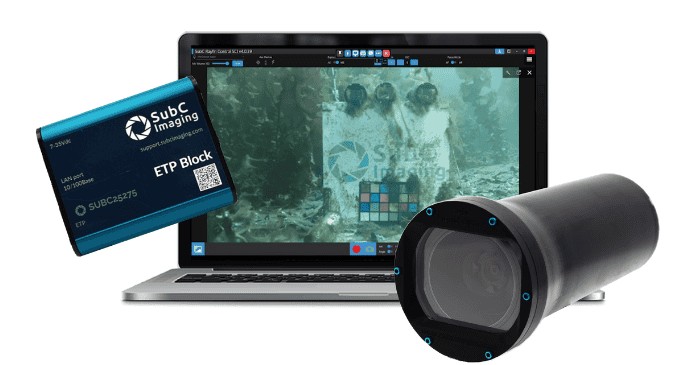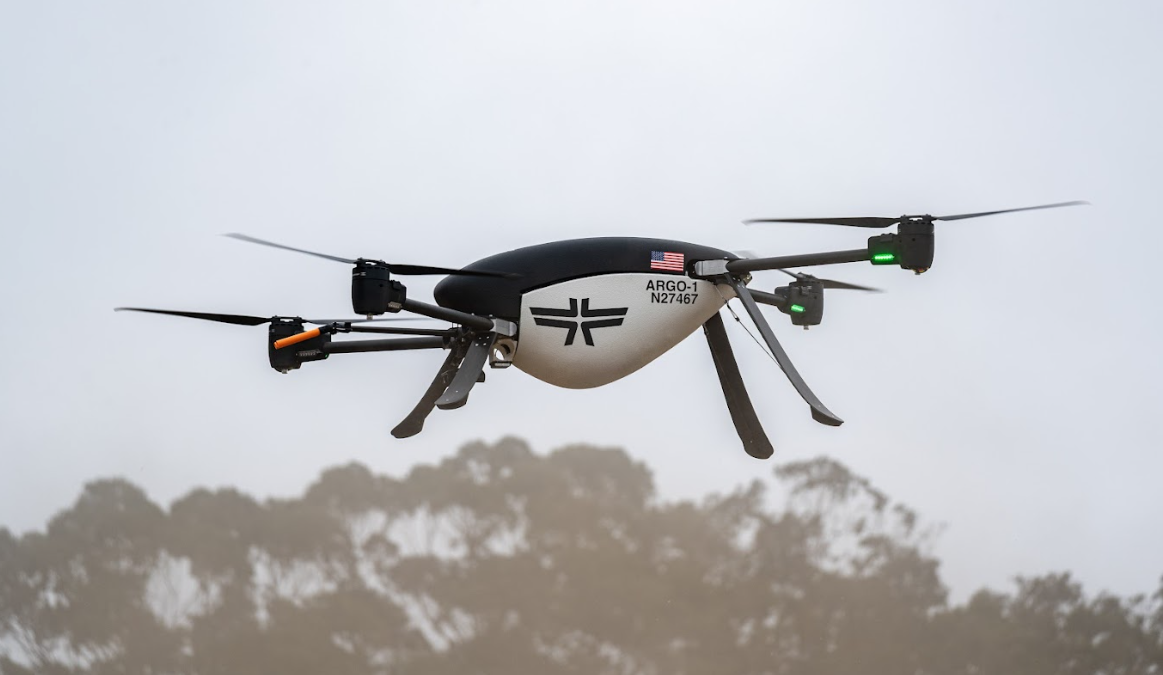Drone Delivers Fuel Sample to Tanker at Singapore’s Port Breakthrough

In a breakthrough poised to transform maritime logistics, a drone has successfully delivered a bunker fuel sample directly to a tanker vessel at sea—without a single person onboard. This first-of-its-kind operation used beyond-visual-line-of-sight (BVLOS) drone technology to transport the fuel sample between land and ship, demonstrating a new era of faster, safer, and more efficient port operations. What was once a time-consuming and risk-prone process relying on crewed boats has now been streamlined into a seamless, automated aerial delivery.
The drone took off from a dedicated pad at a shore-based site and flew autonomously to a bunker tanker positioned offshore. Guided by a pre-programmed flight path, the drone hovered over the vessel, lowered a cargo box via winch, and delivered the fuel sample directly onto the deck. The ship’s crew received the package within a designated safe zone before the drone lifted the box back and returned it to land. Once ashore, the sample was transported to a laboratory for analysis—completing the full end-to-end delivery in a fraction of the usual time.
Behind this simple sequence was nearly two years of planning and rigorous safety testing. Engineers conducted extensive evaluations to address electrostatic discharge risks, onboard gas exposure, and the effects of vessel movement during drone operation. The drone’s route was designed to avoid all hazardous zones on the ship, with contingency protocols in place for signal loss or unexpected drift. Every step was calibrated to prioritize both safety and precision, setting a new benchmark for drone-enabled marine logistics.
What makes this achievement especially timely is the volume and complexity of shipping activity in global ports. With tens of thousands of vessels docking annually in high-traffic regions, traditional methods for transporting fuel samples involve substantial manpower, cost, and exposure to hazardous conditions. This drone-based solution presents a compelling alternative—removing the need for crewed transfers, accelerating turnaround time, and minimizing risk to personnel.
Executives involved in the project emphasized how this new capability brings an unprecedented level of transparency and efficiency to bunkering services. The ability to deliver fuel samples quickly can help speed up quality testing and clearance procedures, potentially shaving hours off operations that impact tight shipping schedules and port congestion.
The successful trial not only proves technical feasibility—it opens the door to routine use of drones in ship-to-shore logistics. The teams behind the operation plan to expand this service further, refining procedures and scaling it to accommodate larger volumes and additional delivery types. As more ports seek to modernize their infrastructure and reduce emissions, uncrewed aerial systems offer a clear path toward smarter, more sustainable maritime trade.
This aerial delivery marks more than a tech milestone—it signals a pivotal shift in how ports can handle critical logistics. The sky is no longer the limit for drone innovation. In fact, it's just the beginning.




